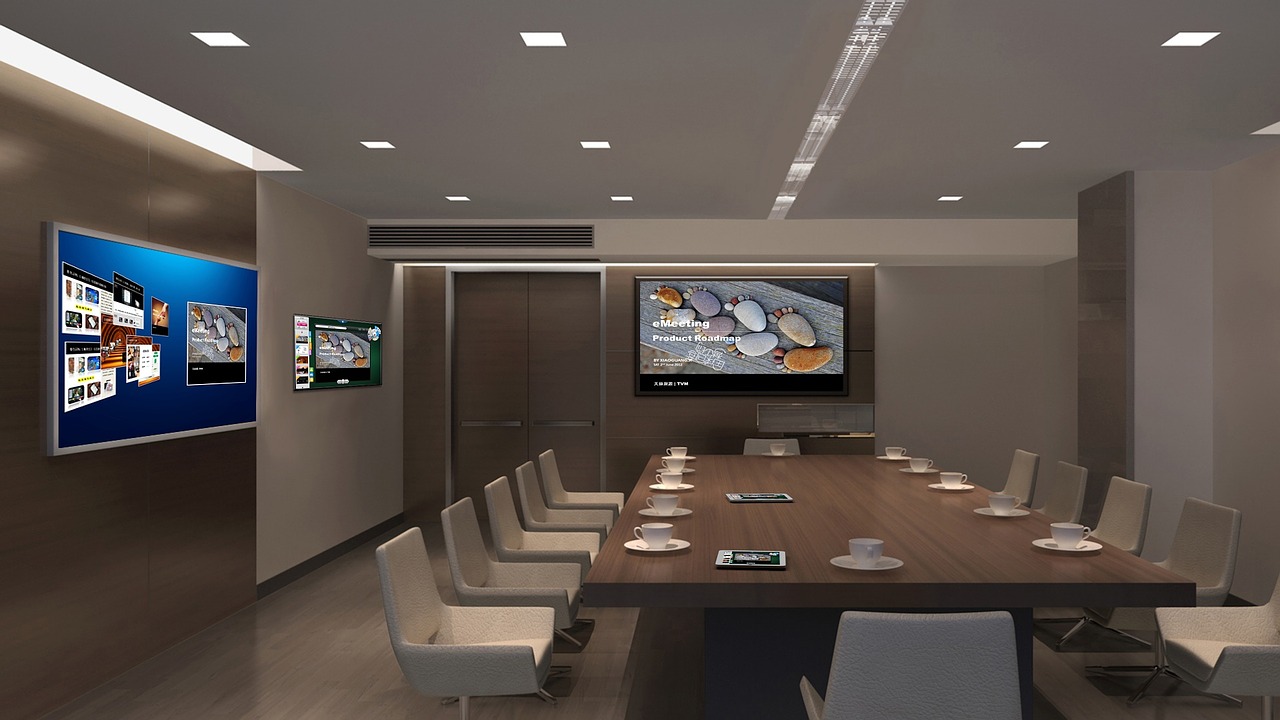Technology has made it possible for nearly everyone to stay connected, no matter what is happening in the world. Yet, many businesses aren’t taking full advantage.
If your business is struggling to communicate with colleagues, employees, or customers, you need to facilitate better communication in your business. And the time is now.
What is communication?
Communication is a word that’s thrown around often without understanding its true meaning or extent.
Communication is the sending or receiving information. To be effective, this two-way information must be received, understood, and processed as intended – and this is where many businesses stumble.
Outdated systems, old practices, slow software, and archaic channels all make communication difficult inside and outside of the office. And, a failure to effectively communicate can lead to problems, including underperformance, misinformation, errors, inefficiencies, and disengagement.
Getting communication right is, therefore, fundamental to your business success. But where do you start?
How to facilitate better internal communication in your business
The first place to start with better communication is internally – ensuring that your colleagues and employees can effectively communicate. This is achieved through:
Resilience
Internal communication channels and equipment must be accessible at all times, regardless of power outages, office closures, network issues, or global pandemics.
You can increase the resilience of your internal communications by:
- Regularly updating your communication software and devices to protect them from downtime or security issues that prevent them from working.
- Using remote communication tools such as instant messenger, email, and mobile phones that allow employees to uphold communications from home.
- Using an IT distribution company to connect your communication devices with your network, to permit information flow across channels.
Bonus tip: Create a communication continuity plan that details how you will maintain internal and external communications if your normal communication channels are down.
Channels
A multi-channel approach to business communication is the best approach. Why? Because employees have different preferences, needs, and job requirements when it comes to communication.
Supplement your existing phone systems, email, and intranet communication channels with tools such as:
- Digital office screens – to mass-communicate important information in offices and warehouses.
- Printed communications – to capture employee attention away from the inbox and inject a personal touch to your news.
- Video conferencing – to connect remote employees, teams, and offices regardless of where in the world they’re working.
Also, don’t forget to cater to a new employee’s needs too. As your company grows and you expand your teams, everyone must have the communication tools they need to perform, fit in, and succeed.
Collaboration
Communication is a two-way street, meaning that you must facilitate both the sending and receiving of information.
Online two-way collaboration tools such as Slack and Microsoft Teams, enable employees to chat about work, projects, or everyday work-life regardless of where they’re located or if they’re online at the same time.
Other ways to promote two-way collaboration includes video conferencing, face-to-face communication, and document collaboration tools such as Google Drive and Dropbox.
How to facilitate better external communication in your business
Of course, it’s not only your internal communications that matter. Facilitating better external communication with your customers or clients can lead to new audiences, stronger relationships, and more profits. Three ways to achieve this are:
Platforms
A multi-channel approach to external communications enables you to reach customers on the platform of their choice, while also overcoming any temporary or ingrained shortfalls of a communication channel.
Alongside your email, social media, and website communication channels, consider the following:
Digital signage
Digital signage can reach customers in the physical places they frequent and deliver a more impactful message through branding, video, and interaction.
With so many brands branding print communications as old school, it’s become the new way to stand out and deliver communications that are seen and read. However, it’s important to use print systems that can handle the volume you need while providing the quality your customers deserve.
SMS
Text messages appear away from the noise of the inbox with their own alert, giving your communications more chance of being opened and acted upon.
Ease
Two-way communication is equally as important for your customers as it is your employees, but you must make it quick, easy, and worthwhile for your customers to engage.
Effective methods for encouraging two-way customer communication include:
- Using QR codes in your digital screen and print advertising to make it easy for customers to contact you or give you their details.
- Adopting a multi-channel approach to customer communications, that allows customers to contact you using email, phone, SMS, live chat, or social media.
- Picking up the phone to your customers, to engage them in immediate conversation that is personable and engaging.
Security
Finally, it’s critical that when facilitating better communication for your customers (and business), you do it in the most secure manner possible.
This involves training all employees on security processes, using a secure network, regularly running security updates, and following best practices for passwords and data management.
Other things to consider
The right systems and processes are only the first steps to achieving better business communications. Other things to consider are:
- Design – does the style, tone, and formatting of your content effectively communicate your message?
- Placement – are your digital screens and print communications placed in high traffic areas used by your intended audience, and are they the right size?
- Content – is your content clear, concise, and to the point?
- Engagement – are you using interactive screens, dynamic videos, and relevant copy to engage your audience and encourage two-way communication?
- Measurements – are you split testing results and monitoring metrics to understand which parts of your communication methods are successful or require improvement?
And the one final thing to consider is your audience. Have you asked your intended audience how you can communicate more effectively? Because their opinion is the one that matters most.
Hopefully, these tips will help you to facilitate better communication for the benefit of your business, employees, and customers.





